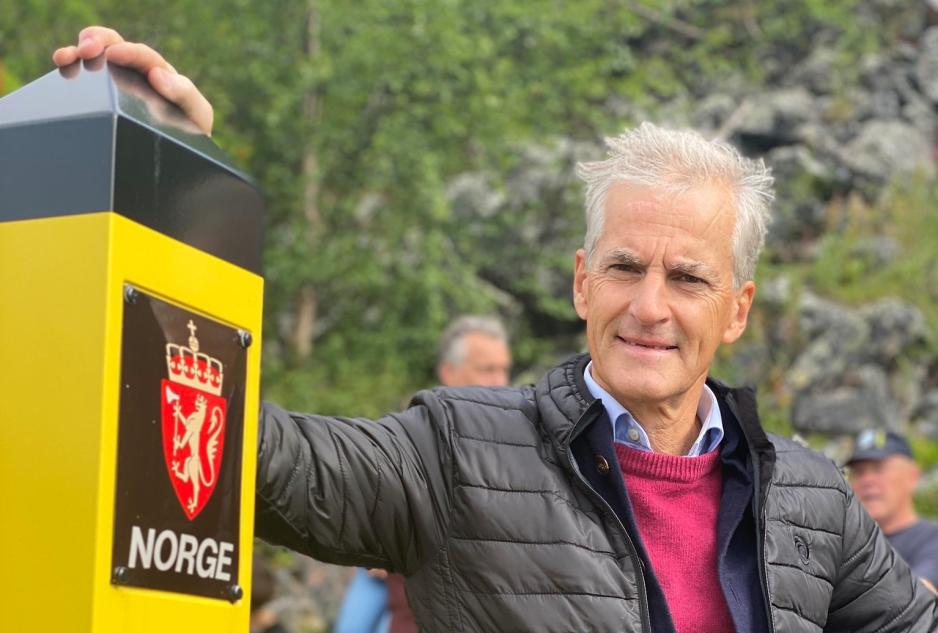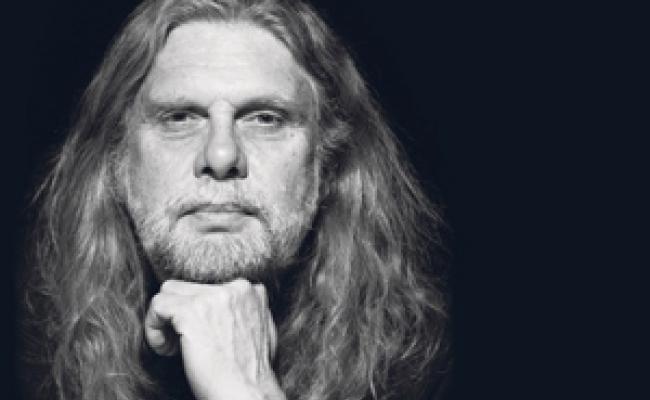Arne O. Holm says When You are Done in the USA, Jonas, You are Welcome to the North

Few Norwegian prime ministers have had more knowledge about the High North than Jonas Gahr Støre. Both he and we need qualified input and Støre should therefore let his next trip go to Kirkenes. (Photo: Labor Party)
Commentary: Norwegian Prime Minister Jonas Gahr Støre has visited the White House. Here, he met with an American president who, according to Norwegian daily VG, wanted to hear about Norway’s experience with having Russia as its neighbor. Next time Støre goes traveling, he should go to Finnmark.
Here, too, there is wondering about how our relationship with Russia should be understood.
Europe has not faced a larger military crisis since the 1960s, when American and Soviet canons pointed at each other on the border between East and West Berlin. When the Berlin Wall came down later, in 1989, we called off the Cold War and started serious peace cooperation between the East and the West.
When weapons speak
In 1993, to continue along the historic trail, the Barents Cooperation was established. In a status report on the Norwegian government’s web site, updated as late as September last year, this is characterized as “an important platform for cooperation with Russia in a number of areas”.
We cling to the hope
Then came the Ukraine crisis, and we are back to a situation marked by anything but trust. Weapons speak on behalf of Russia and 30 NATO countries. None of us know whether the ongoing diplomatic effort will serve to delay or prevent an armed conflict.
We can cling to that hope.
Through a series of stories in High North News, we have recently documentet how the Ukraine conflict also affects our own everyday lives. After all, the North is where we have a border against Russia. Researcher Ina Holst Pedersen at the Royal Norwegian Naval Academy in Bergen described the other day how the Russian Northern Fleet, too, is mobilized to add further pressure on NATO and the USA.
Five Russian warships recently sailed along the Norwegian coast, and when the Russian and American foreign ministers recently met, two Russian bombers took off and headed for Franz Joseph’s Land.
It is important to point out that all this happens in accordance with current regulations and as part of a military exercise.
In March and April, the largest Norwegian-led military exercise since the 1980s will take place. A total of 35,000 soldiers from 26 countries will exercise together on Norwegian soil.
Clinging to history
No-one born in Norway after 1960 has a personal relationship with hot war. That constitutes roughly 85 percent of the Norwegian population. Many of them live in Northern Norway. There, we cling to empirical experience telling us about a peaceful border between Norway and Russia.
We should hold on to that, while also acknowledging that a people-to-people cooperation that has taken 30 years to build is about to lose its footing. Well aided by shut pandemic border, we lose the humans behind the general’s mobilizing of military power.
We need to be involved
That happens while our most important defense asset, the people who live in the north, leave the region at a high pace. That is the price for weakening civil society for the benefit of investments in military equipment.
The econom of our own border town, Kirkenes, depends on industrial and business cooperation wit Russia. Suffice to point to the shipyard next door to the town’s shopping mall.
In Kirkenes, we also find the very important Barents Secretariat, the very engine of people-to-people cooperation.
Neither Enoksen nor Kristoffersen have been in touch with or gotten in touch with their respective Russian counterparts.
A rare insight
The meeting in Helgemorgen [Weekend Morning] nevertheless gave a rare insight into how our authorities, both civilian as well as military, think about the role of the High North in the ongoing conflict around the Ukraine.
However, we need a broader and more transparent debate about the security policy situation in the High North.
We need to be involved.
Jonas Gahr Støre is a prime minister with tremendous insight into the High North and our relationship with Russia. He is also the first PM in decades who has warned against war in Europe. He did so as early as in his New Year’s speech, as a kind of tail to a political story about pandemic and power prices.
When he is done with the much-needed adult learning at the White House, he should therefore go north.
To inform.
And to be informed.
Also read
This commentary was originally published in Norwegian and has been translated by HNN's Elisabeth Bergquist.


